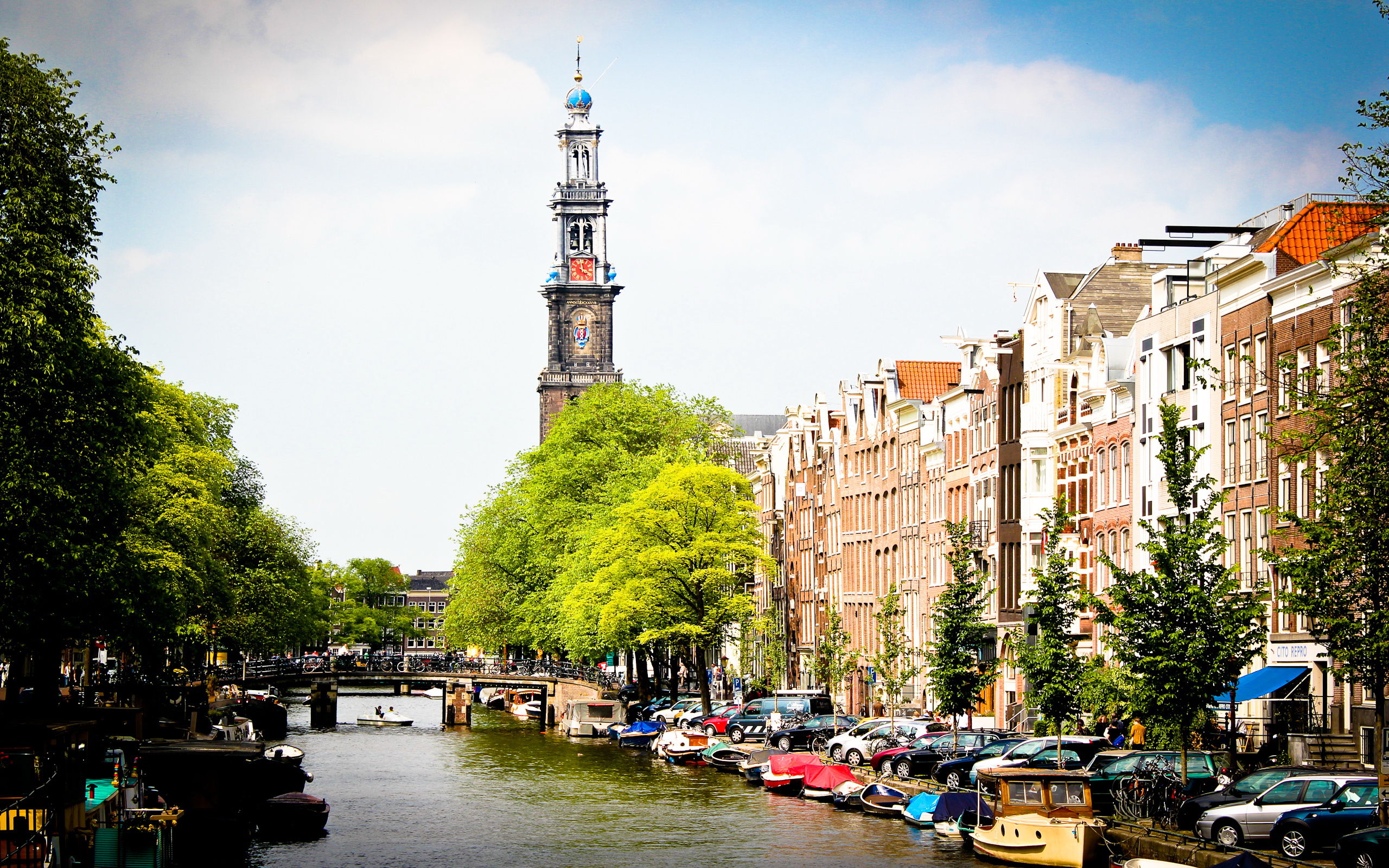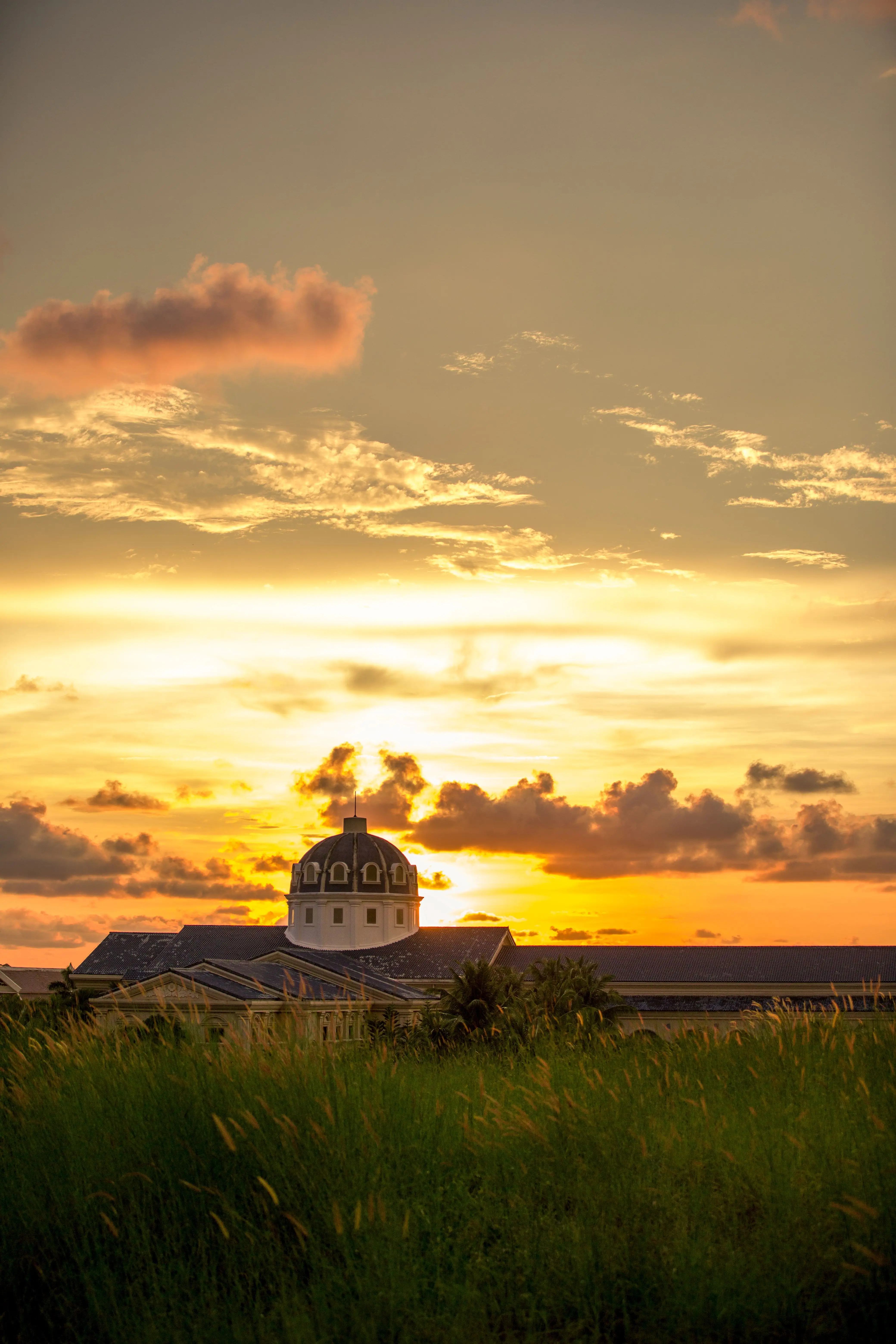Japan Travel
Hokkaido’s Noboribetsu Onsen: Famous Hot Spring Attraction
Hokkaido’s Noboribetsu Onsen: A Journey into Japan’s Thermal Wonderland
Nestled in the southwestern part of Hokkaido, Japan’s northernmost island, lies Noboribetsu Onsen—a place where the Earth’s fiery heart meets human tradition. As one of Japan’s most renowned hot spring destinations, Noboribetsu is more than just a collection of baths; it is a holistic experience of nature, culture, and rejuvenation. With its otherworldly landscapes, diverse mineral waters, and deep-rooted history, this hot spring town attracts millions of visitors each year, offering them a unique escape into one of nature’s most dramatic creations.
The Geological Marvel of Jigokudani
At the core of Noboribetsu’s allure is Jigokudani, or "Hell Valley," a breathtaking geothermal crater formed by the eruption of Mount Kuttara over 20,000 years ago. This vast basin, spanning approximately 11 hectares, is a stark reminder of the volcanic forces that shaped Hokkaido. Steam vents hiss from the earth, bubbling pools of mud gurgle and pop, and sulfurous fumes paint the air with a distinct scent—a sensory experience that feels both primal and surreal.
Walking along the well-maintained wooden pathways of Jigokudani, visitors witness nature’s raw power. The Oyunuma River, heated by geothermal activity, flows through the valley, its waters reaching temperatures high enough to boil an egg. At the center of the valley lies the Oyunuma Pond, a turquoise lake with water temperatures averaging around 50°C (122°F). In winter, the contrast between the steaming waters and the snow-covered landscape creates a scene of ethereal beauty, making it a photographer’s paradise.
Jigokudani is not merely a tourist attraction; it is the lifeblood of Noboribetsu’s hot springs. The valley feeds the town’s numerous baths with over 10,000 tons of mineral-rich water daily, drawn from deep beneath the Earth’s surface.
The Healing Waters: Types of Onsen in Noboribetsu
What sets Noboribetsu apart from other onsen towns is the incredible variety of its waters. The area boasts nine different types of thermal springs, each with unique mineral compositions and therapeutic properties. This diversity is rare even in hot spring-rich Japan, earning Noboribetsu the nickname "Onsen Department Store."
Among the most notable springs are:
- Sulfur Springs (Iōsen): Known for their distinct milky appearance and pungent odor, these waters are believed to alleviate skin conditions, chronic dermatitis, and respiratory issues.
- Iron Springs (Tetsusen): Rich in iron and salt, these reddish-brown waters are thought to improve circulation and assist with anemia and gynecological disorders.
- Salt Springs (Shiosen): With high sodium chloride content, these springs help retain body heat and are recommended for nerve pain and muscle fatigue.
- Acidic Springs (Sansei): Characterized by their low pH, these waters possess strong antibacterial properties and are used to treat chronic skin diseases.
- Alum Springs (Myōbansen): Containing aluminum sulfate, these springs are said to benefit skin health and digestive issues.
Many ryokans (traditional Japanese inns) in Noboribetsu offer private and public baths drawing from these diverse sources. Some establishments, like the historic Dai-ichi Takimotokan, feature large communal baths with multiple types of onsen waters, allowing guests to experience the full spectrum of benefits in a single visit.
Cultural and Historical Significance
The history of Noboribetsu Onsen dates back over 150 years, though legends suggest that the Ainu, Hokkaido’s indigenous people, were the first to discover its healing properties. According to Ainu folklore, the hot springs were a gift from the kamuy (gods), who used the waters to heal wounded warriors.

Modern development began in the mid-19th century when the Japanese government recognized the potential of the area. The first bathhouse was built in 1858, and by the Meiji Era (1868–1912), Noboribetsu had become a popular destination for those seeking cures for various ailments. Today, the town seamlessly blends tradition with modernity, offering everything from luxury resorts to humble public bathhouses.
One of the most iconic symbols of Noboribetsu is the statue of the Oni (demon) near the town center. In Japanese folklore, oni are often depicted as fearsome creatures, but in Noboribetsu, they are revered as guardians of the hot springs. The annual Noboribetsu Oni Festival, held every August, celebrates these demons with lively parades and performances, turning myth into a vibrant cultural event.
Experiencing Noboribetsu: Beyond the Baths
While the onsen are the main draw, Noboribetsu offers a wealth of other activities that enrich the visitor experience.
- Hiking and Nature Trails: Beyond Jigokudani, the area is crisscrossed with scenic hiking paths. The trail to Mount Hiyori offers panoramic views of the valley and the Pacific Ocean. In autumn, the surrounding forests blaze with vibrant colors, while in winter, the snow-covered landscapes create a serene, almost magical atmosphere.
- The Noboribetsu Bear Park: Accessible via a scenic cable car, this park is home to over a dozen brown bears native to Hokkaido. Visitors can observe these majestic animals in a naturalistic setting while learning about local wildlife conservation efforts.
- Local Cuisine: Hokkaido is famed for its fresh seafood, dairy, and agricultural produce. In Noboribetsu, many ryokans serve kaiseki (multi-course) meals featuring local delicacies such as crab, sea urchin, and lamb—the latter often grilled at the table as part of a jingisukan (Genghis Khan) barbecue.
- Foot Baths and Public Spaces: For those short on time, the town offers free ashiyu (foot baths) where visitors can soak their feet while enjoying the views. The central street of Noboribetsu is lined with souvenir shops selling onsen-related products, including mineral soaps and face masks.
Sustainability and Preservation
As tourism grows, Noboribetsu faces the challenge of balancing development with environmental preservation. The local community has implemented measures to protect the delicate geothermal ecosystem, including regulating water usage and maintaining strict wastewater management systems. Educational initiatives, such as guided tours explaining the geology and cultural significance of the area, help foster a sense of responsibility among visitors.
Conclusion: A Sanctuary for Body and Soul
Noboribetsu Onsen is more than a destination—it is a journey into the heart of nature, culture, and wellness. From the hellish beauty of Jigokudani to the healing embrace of its waters, the town offers a profound connection to the Earth’s energy. Whether seeking physical relief, spiritual tranquility, or simply a glimpse into one of Japan’s most unique landscapes, visitors leave Noboribetsu not just relaxed, but transformed. In a world increasingly disconnected from nature, this hot spring sanctuary remains a timeless reminder of the power and generosity of the natural world.
相关文章
- Yamagata’s Zao Onsen: Snow Monster Hot Spring Attraction
- Japan’s Maid Cafés: Akihabara Subculture Attractions
- Okayama’s Okayama Korakuen: Historic Garden Attraction
- Japan’s Horse Racing Tracks: Equestrian Sports Attractions
- Tokyo’s Odaiba Gundam: Anime Icon Attraction
- Japan’s Doll Festivals: Hinamatsuri Attractions
- Kagoshima’s Ibusuki Onsen: Sand Bath Hot Spring Attraction
- Japan’s Table Tennis Clubs: Recreational Attractions
- Kyoto’s Nishiki Market: 400-Year-Old Food Attraction
- Japan’s Camellia Festivals: Winter Flower Attractions
发表评论
评论列表
- 这篇文章还没有收到评论,赶紧来抢沙发吧~


